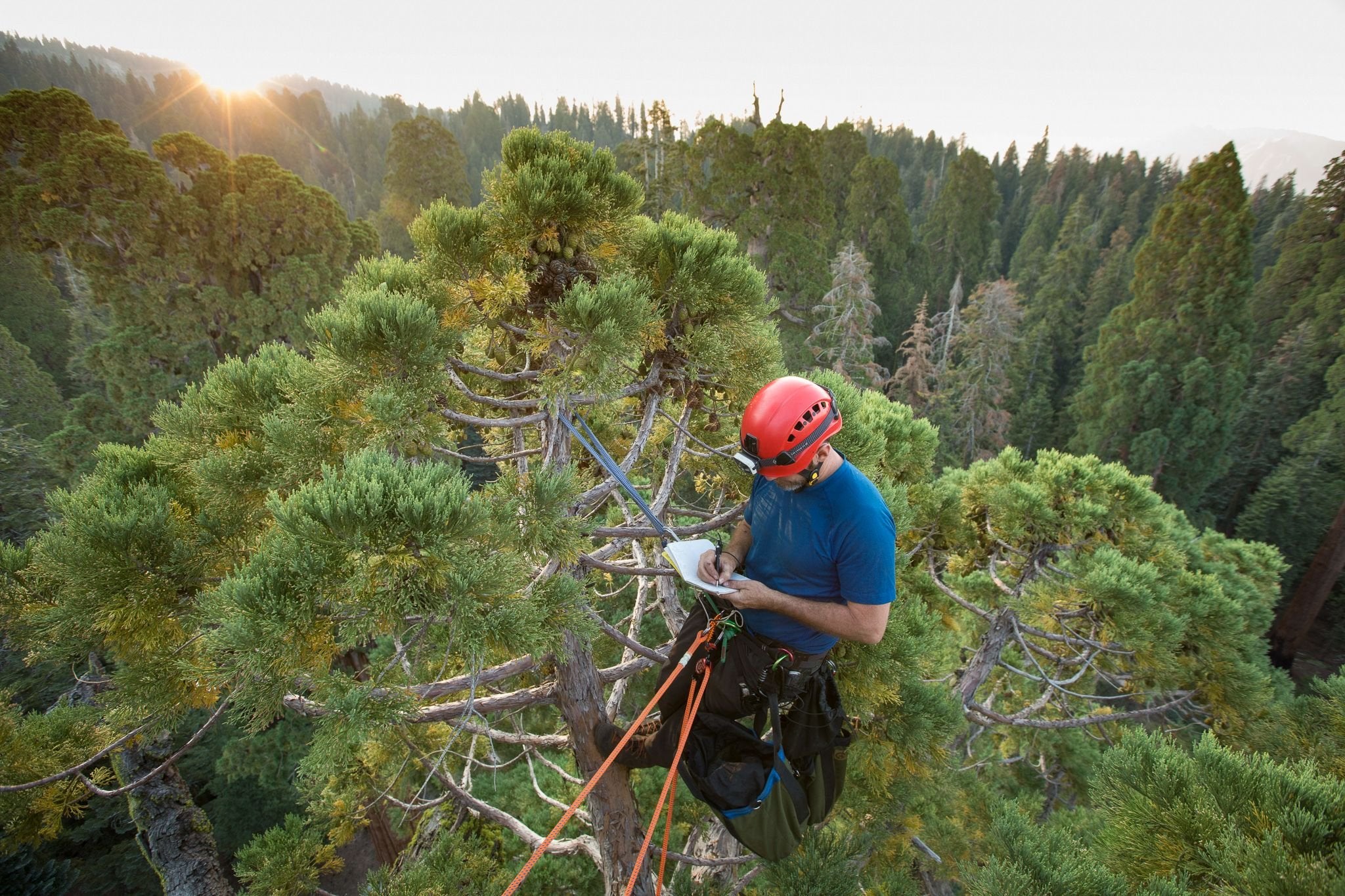Compare shadows:
The first person to estimate the circumference of the Earth was a Greek mathematician named Eratosthenes, who was born in 276 B.C. He did so by comparing shadows case on the day of the summer solstice in what is today Aswan, Egypt, with the more northerly city of Alexandria. At noon, when the sun was directly overhead in Aswan, there were no shadows. In Alexandria, a stick set in the ground cast a shadow. Eratosthenes realized that if he knew the angle of the shadow and the distance between the cities, he could calculate the circumference of the globe.
On a flat Earth, there wouldn't have been any difference between the length of the shadows at all. The sun's position would be the same, relative to the ground. Only a globe-shaped planet explains why the sun's position should be different in two cities a few hundred miles apart.

Go climb a tree:
This is another one of those self-evident things: You can see farther if you go higher. If the Earth was flat, you'd be able to see the same distance no matter your elevation. Think about it: Your eye can detect a bright object, like the Andromeda galaxy, from 2.6 million light-years away. Seeing the lights of, say, Miami from New York City (a distance of a mere 1,094 miles or 1,760 kilometers) on a clear evening should be child's play.
But it's not. That's because the curvature of the Earth limits our sight to about 3.1 miles (5 kilometers) … unless you climb up a tall tree, building or mountain and get yourself a perspective from higher up.

Watch an eclipse:
Aristotle also bolstered his belief in a round Earth with the observation that during lunar eclipses, the Earth's shadow on the face of the sun is curved. Since this curved shape exists during all lunar eclipses, despite the fact that Earth is rotating, Aristotle correctly intuited from this curved shadow that the Earth is curvy all around — in other words, a sphere.
For that matter, solar eclipses also tend to bolster the idea that the planets, moons and stars are a bunch of roundish objects orbiting each other. If the Earth is a disk and the stars and planets a bunch of small, nearby objects hovering in a dome above the surface, as many flat-Earthers believe, the total solar eclipse that crossed North America in August 2017 becomes very difficult to explain.
Go to the harbor:

When a ship sails off toward the horizon, it doesn't just get smaller and smaller until it's not visible anymore. Instead, the hull seems to sink below the horizon first, then the mast. When ships return from sea, the sequence is reversed: First the mast, then the hull, seem to rise over the horizon.
The ship-and-horizon observation is so self-evident that 1881's "Zetetic Astronomy," the first modern flat-Earth text, devotes a chapter to "debunking" it. The explanation relies on assuming that the sequential disappearance is simply an illusion brought on by perspective. This debunking does not make much sense, however, as there's nothing about perspective (which just says that things are smaller over longer distances) that should make the bottom of an object disappear before the top. If you'd like to prove to yourself that perspective isn't the reason for boats disappearing hull-first and returning mast-first, bring a telescope or binoculars on your trip to the harbor. Even with vision enhancement, the ship will still dip below the curve of the Earth.
Comments
Post a Comment